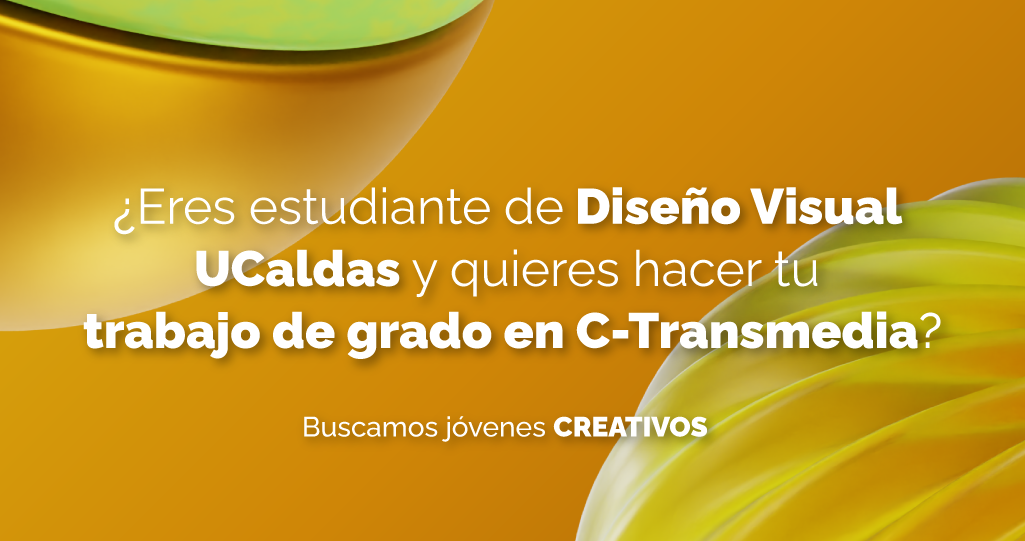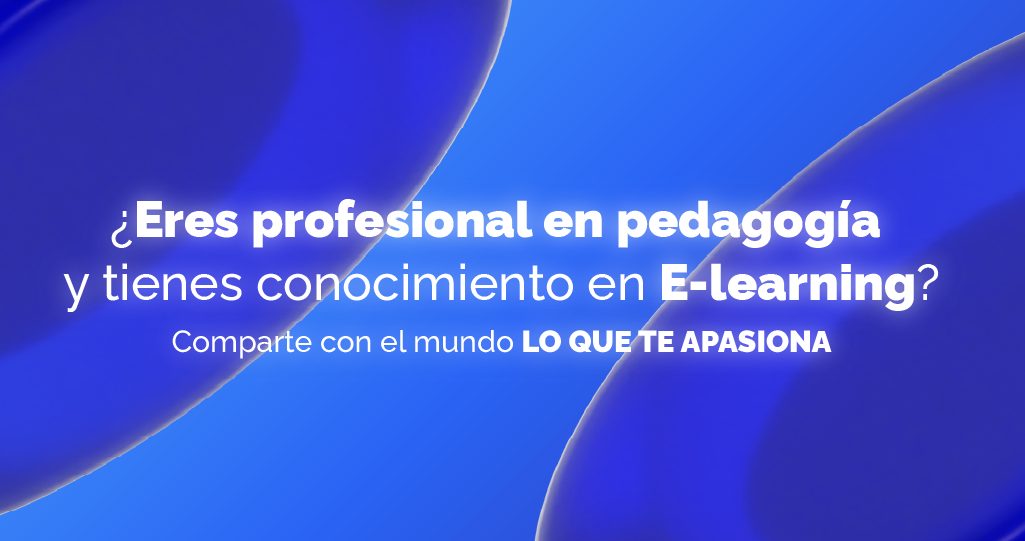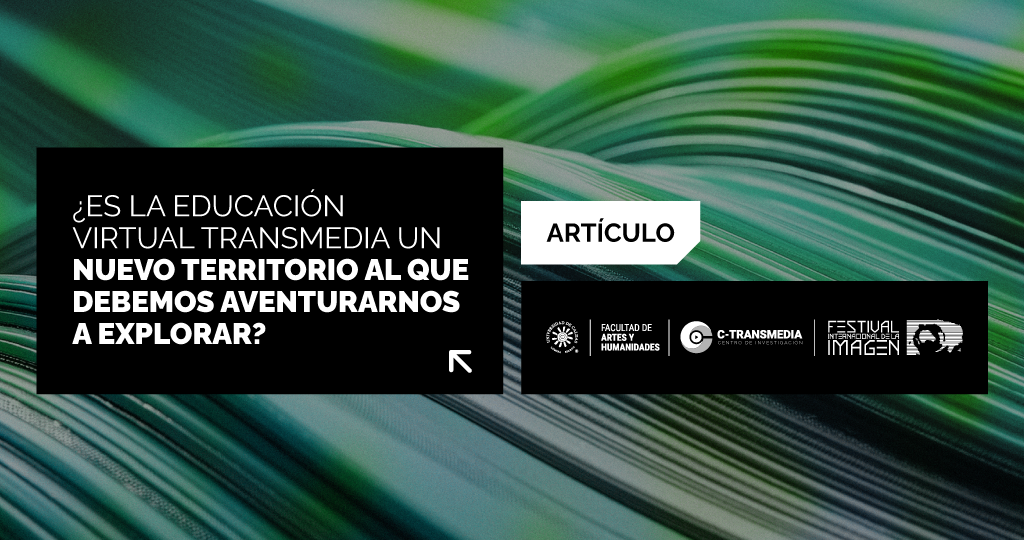
¿Cómo divulgar en la industria 4.0?
¿Cómo divulgar en la industria 4.0?

12.12.2022
Al momento de comunicar y divulgar la ciencia se debe tener en cuenta la forma de emitir los mensajes, los intereses del público al que se quiere llegar, los canales de comunicación y la rapidez con la que se expanden las narrativas, logrando así un diálogo más abierto y equitativo entre la academia y la sociedad.
Es importante pensar la industria 4.0 como herramientas digitales que nos brindan la posibilidad de crear y experimentar con los medios (redes sociales, blogs, páginas web, apps …) sin embargo, esto no es suficiente porque se requieren estrategias planificadas, que apunten a objetivos específicos y acerquen el conocimiento a diferentes públicos para una adecuada apropiación del mismo. Aquí te dejamos algunas de ellas:
¿Sabes cuál es la diferencia entre divulgación y difusión científica? Descúbrelo en nuestro podcast “Transmedia + Investigación”.
-
Storytelling: historias que conectan
El storytelling es una experiencia emocional inmersiva a través de historias, en la que de manera creativa y en un lenguaje sencillo se dan a conocer sucesos o temas complicados. Por ejemplo, tratar de explicar de manera novedosa e incluso incluyendo a los mismos usuarios como personajes de la historia, cómo funciona el James Webb, los silogismos aristotélicos o ¿por qué no, tratar de hacerlo con la teoría de la relatividad?
Tres beneficios principales del storytelling:
-
Emoción: como seres humanos, la mayoría de nuestras decisiones están versadas por nuestras emociones, por eso, si una historia apela a ellas, es más probable que captemos la atención del público.
-
Atención: si la información la presentamos en números o datos estadísticos, es muy difícil mantener la atención del público, pero, si un personaje la explica a través de una trama, todo cambia.
-
Memorabilidad: es más fácil recordar una buena historia que un artículo científico, ya que estas involucran mucho más a nuestro cerebro que la lógica y los hechos.
-
Narrativas transmedia: contar historias en diferentes formatos
Las narrativas transmedia nos ayudan a adaptar un relato a distintas plataformas (podcast, post, infografías, cómics, vídeos, libros etc.), lo que permite que nos acerquemos a las personas e interactuemos más con diversos públicos.
Para desarrollar una narrativa transmedia hay que crear mensajes que destaquen y generen recordación, además hay que tener en cuenta el no contar toda la historia (inicio, nudo y desenlace) en un solo formato, para que sea el mismo público el que expanda la historia en los diferentes medios.
-
Marketing: un narrador testigo
Es importante que en las estrategias de comunicación las personas o usuarios sean quienes den a conocer nuestro contenido, ya sea porque es información de valor o por la experiencia que han tenido con él.
¿Qué debemos tener en cuenta?
Transformación: del offline al online.
El objetivo es adaptarnos a un mundo en constante cambio, donde nuestro público es muy diverso, y así como es diverso es multicanal. Esto quiere decir que algunos tienen preferencia sobre unos medios más que otros, y nuestro contenido debe adaptarse a cada uno de ellos. En el mundo científico se suele dar mayor relevancia a los artículos investigativos, sin embargo, si convertimos este artículo en un videojuego, una infografía o un póster pegado en una facultad de una universidad captará más la atención del público y el conocimiento llegará más lejos.
Un ejemplo de esto son los videojuegos de Assassin’s Creed, en los que se hace un recorrido histórico por las cruzadas, el renacimiento, la Guerra de Independencia estadounidense, la Revolución Francesa, etc.
-
Data analysis: lo importante está en los detalles
Los datos estadísticos nos permiten conocer a nuestro público y tomar decisiones predictivas a través de su análisis como:
-
Conocer su jornada y elegir los mejores momentos para interactuar con ellos.
-
Evaluar qué funciona y qué no funciona en lo que estamos haciendo.
-
Conocer cómo otros investigadores están realizando los procesos de divulgación científica en el mercado nacional e internacional.
Si deseas saber más de comunicación y divulgación científica puedes visitar nuestro canal de YouTube y redes sociales. C-Transmedia divulga la ciencia, el diseño, el arte, la tecnología y la educación de manera creativa y transmedial.
*Artículo redactado con base en el webinar “¿Cómo podemos gestionar y divulgar la cultura con herramientas 4.0?
Redacción comunicaciones C-Transmedia


